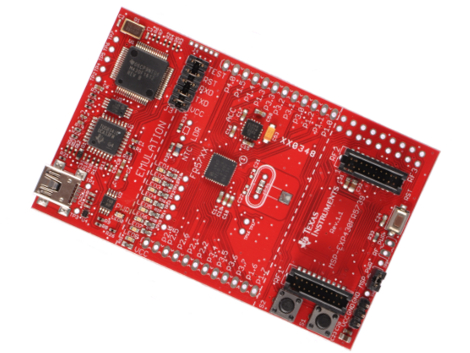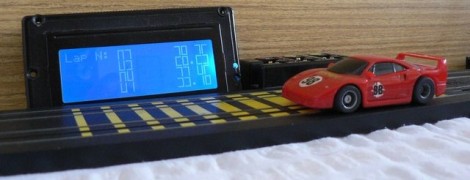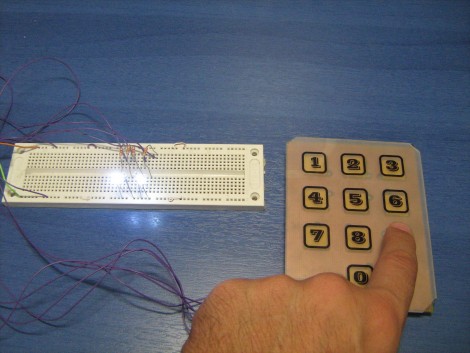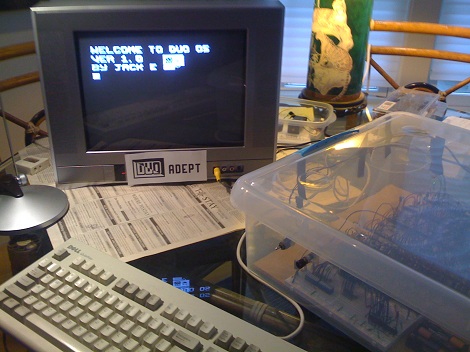
Cheap things come to those who wait. If you’ve had your eye on a TI Experimenters Board (MSP-EXP430FR5739) now’s the time to pull the trigger. You can use the coupon code MSP430_FRAM to get 50% off. This pulls the total price down to $14.50 plus shipping with several readers reporting free shipping.
The board features an upgraded MSP430. Instead of using flash memory, it’s got ferroelectric random access memory (FRAM) which boots the power savings of these aready lean-mean chips.
We’ve posted a few deals from Texas Instruments before, like the announcement of the Launchpad which was just $4.30, as well as a coupon-deal gone awry with the evalBot. There were huge threads in those posts reporting back how long shipping took, as well as how well the codes worked. So feel free to share your thoughts on this deal by leaving a polite comment.
Of course if you get one, we want to see what you do with it. Don’t forget to write up your projects and send in a tip.















